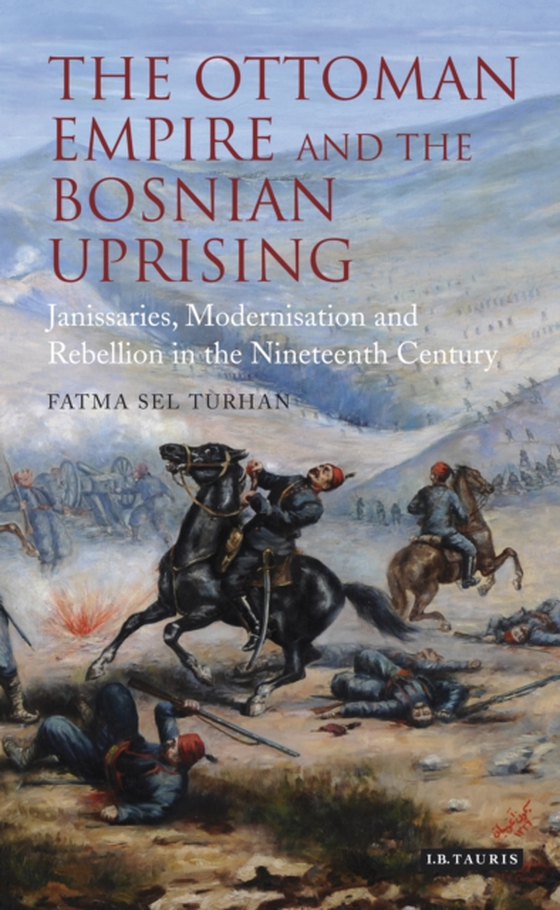
Ottoman Empire and the Bosnian Uprising e-bog
1094,57 DKK
(inkl. moms 1368,21 DKK)
Bosnia enjoyed a special status within the Ottoman Empire. Many of the empire's 'janissaries', an elite military stratum of soldiers and nobleman, hailed from this Balkan region. So when Sultan Mehmet II abolished this warrior class in 1826, and this curtailed the regions access to influence in Constantinople, Bosnia rebelled. Under the leadership of Husein Gradascevic, the 'dragon of Bosnia', ...
E-bog
1094,57 DKK
Forlag
I.B. Tauris
Udgivet
29 september 2014
Længde
424 sider
Genrer
1QDT
Sprog
English
Format
pdf
Beskyttelse
LCP
ISBN
9780857726896
Bosnia enjoyed a special status within the Ottoman Empire. Many of the empire's 'janissaries', an elite military stratum of soldiers and nobleman, hailed from this Balkan region. So when Sultan Mehmet II abolished this warrior class in 1826, and this curtailed the regions access to influence in Constantinople, Bosnia rebelled. Under the leadership of Husein Gradascevic, the 'dragon of Bosnia', the kingdom declared independence and waged war with the Ottoman Empire. For the first time, Fatma Sel Turhan illuminates a period of crucial importance to the Balkan regions. She argues convincingly that the uprising was a response to Ottoman moves towards modernization designed to save the Ottoman Empire from decline, but which eventually led to its demise. She assesses how far the uprising can be considered a nationalist movement, who the rebels were, and how the central authorities dealt with and punished the perpetrators. "e;The Ottoman Empire and the Bosnian Uprising"e; is a major fresh contribution to our understanding of the late Ottoman world and the history of the Balkans.
 Dansk
Dansk

